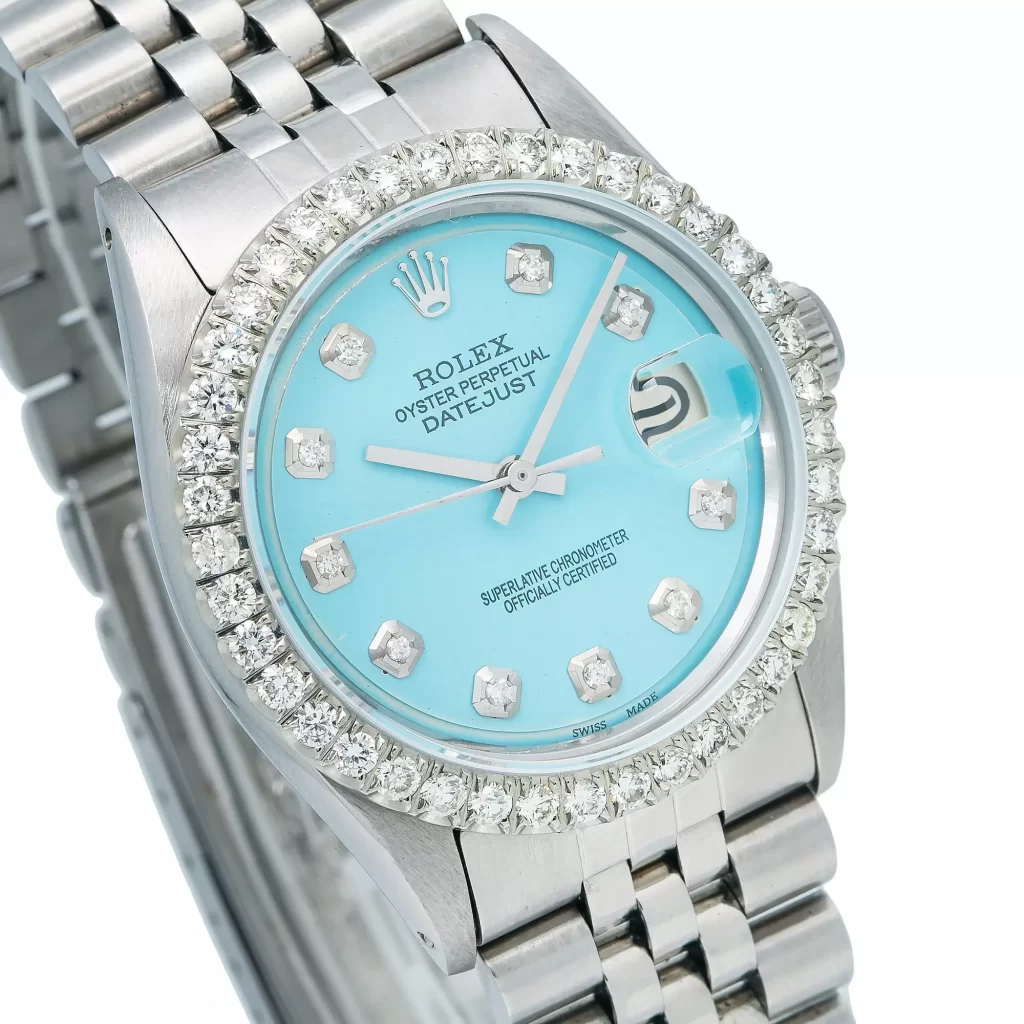The Tudor Black Bay Pro has reignited a decades-old debate: Can a watch simultaneously honor its lineage and carve its own identity, or does it risk becoming a mere echo of its prestigious sibling? When Hans Wilsdorf founded Tudor in 1946, his vision was clear-to offer Rolex’s reliability and craftsmanship at a democratic price. Yet the phrase “poor man’s Rolex,” often casually tossed at Tudor models, stirs more than horological debate-it unravels threads of class, language, and the very essence of luxury.
Wilsdorf’s genius lay in recognizing an unmet niche. Rolex, even in its mid-century heyday, remained a symbol of aspirational wealth. Tudor, by contrast, became the tool watch for engineers, divers, and explorers who demanded precision without pretense. The Black Bay Pro, with its vintage-inspired GMT function and rugged elegance, channels this ethos. But its €3,480 price tag-far below Rolex’s offerings-raises questions. Is it a tribute to accessibility, or does it inadvertently highlight the exclusivity it once sought to dismantle?
Language, like luxury, is layered. The term “poor man’s” evokes discomfort, and rightly so. In a world where 8.5% of the global population lives in extreme poverty, trivializing financial hardship feels tone-deaf. Yet idioms like “poor man’s silver” or “poor man’s Rolex” aren’t literal indictments of poverty; they’re analogies for accessible alternatives. The Black Bay Pro, inspired by replica Rolex’s 1970s Explorer II “Freccione,” mirrors its design language-the bold orange GMT hand, the matte black dial-but at a fraction of the €25,000+ cost of its muse. Tudor’s executives openly admit the homage, framing it as democratizing a classic for modern enthusiasts.

But words carry unintended gravity. To a single parent juggling rent and groceries, even Tudor’s “accessible” price remains a fantasy. Luxury watches exist in a parallel universe where “affordable” means “cheaper than a car,” not “within reach.” This dissonance fuels the backlash. When a term like “poor” collides with a €3,500 watch, it highlights the industry’s blind spot: the chasm between its clientele and the working-class roots it romanticizes.
Critics argue the Black Bay Pro’s resemblance to the “Freccione” borders on mimicry. The sloping lugs, the stark dial contrasts-these aren’t subtle nods but deliberate replications. Yet Tudor’s history is one of borrowed DNA. Vintage models like the Oyster Prince and Submariner shared cases, bracelets, and even movements with Rolex counterparts, differing only in branding and finishing. The Black Bay Pro follows this tradition, yet modern collectors demand more than nostalgia. Does the watch transcend its inspiration, or is it content to linger in Rolex’s shadow?

The answer lies in execution. Tudor’s MT5652 movement, with its 70-hour power reserve and silicon hairspring, outperforms many Rolex calibers. The Pro’s 39mm case, a Goldilocks size for wrists alienated by the Explorer II’s bulk, reflects contemporary tastes. These nuances matter. They suggest a brand refining its voice, even as it whispers in Rolex’s accent.
Luxury thrives on exclusivity, yet hungers for validation. When Tudor markets the Black Bay Pro as a “tool replica watch,” it taps into a rugged, egalitarian mythos-the idea that these watches are meant to be worn, not coddled. But the term “poor man’s Rolex” undercuts this narrative, reducing Tudor to a budget brand rather than a peer with its own legacy.
Does the phrase offend? For some, yes-not because of malice, but context. In an era of widening wealth gaps, where 12-18% of Americans live below the poverty line, luxury marketing walks a tightrope. A Tudor may be “affordable” relative to replica Rolex, but it’s still a totem of privilege. Acknowledging this isn’t political correctness; it’s nuance. As language evolves, so must the stories brands tell.
The Black Bay Pro is no mere imitation. It’s a meticulously crafted ode to horological history, blending Tudor’s tool-watch pragmatism with Rolex’s design lexicon. Yet the “poor man’s” label, however well-intentioned, feels increasingly anachronistic. In a world where inequality is quantified by Gini coefficients and billionaires’ space races, perhaps it’s time to retire the idiom-not out of guilt, but respect for the complexities it glosses over.
Tudor’s challenge isn’t to escape Rolex’s legacy, but to redefine its own. The Black Bay Pro, with its technical prowess and vintage charm, suggests a path forward: one where homage matures into innovation, and where “accessible luxury” means more than just a cheaper logo.

